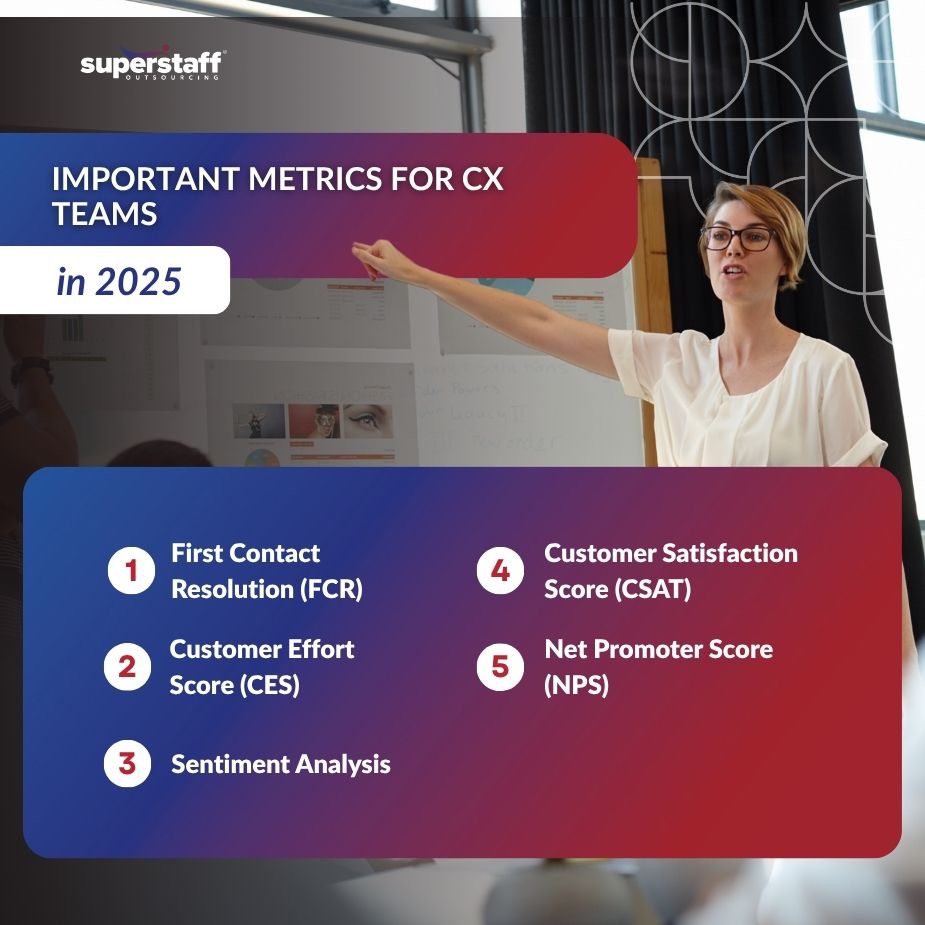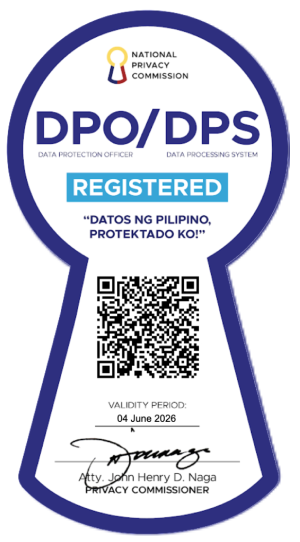
Businesses still rely heavily on Net Promoter Score (NPS) and Customer Satisfaction Score (CSAT)—but are these numbers telling the full story? For decades, these metrics have served as industry benchmarks for measuring customer experience (CX).
However, in 2025, service environments have grown more complex, with customer journeys spanning multiple channels and touchpoints. As a result, NPS and CSAT alone are no longer enough to guide meaningful CX improvements.
Today, forward-thinking companies must look beyond traditional scoring systems. They need a broader set of performance indicators, or important metrics for CX teams, that reflect real-time interactions, customer effort, and long-term loyalty. This article explores the limits of outdated metrics and introduces smarter ways to measure customer service success—along with how outsourcing partners can help businesses make better decisions based on richer insights.

NPS and CSAT Provide a Snapshot—but They Miss the Bigger Picture
NPS and CSAT are familiar tools in the CX toolkit, but their simplicity can be a drawback. These scores are based on customer surveys and often rely on subjective interpretations of recent service interactions. While they can flag obvious service issues or successes, they don’t always provide enough context to support long-term decision-making.
- NPS measures intent, not behavior. It asks whether a customer would recommend a brand—not whether they actually do, or why they might hesitate.
- CSAT reflects momentary impressions. A positive score after a quick chat might overlook deeper frustrations experienced earlier in the journey.
- Survey fatigue limits participation. Many customers ignore feedback forms altogether, making data inconsistent and potentially biased toward more vocal participants.
To gain real value from CX insights, businesses need to go deeper. Snapshot metrics aren’t enough in a world where customer needs and behaviors shift rapidly. That’s why expanding your focus to important metrics for CX teams is essential.
Important Metrics for CX Teams: FCR as a Key Indicator of Success
First Contact Resolution (FCR) measures whether a customer’s issue is resolved during their first interaction with support. Unlike NPS and CSAT, FCR connects directly to service efficiency and process performance. It’s one of the evolving customer experience metrics that connects resolution with customer satisfaction.
- Higher FCR rates are linked to customer trust. When issues are handled quickly and thoroughly, satisfaction and loyalty increase.
- It reduces repeat contacts. Customers don’t need to reach out again or escalate problems, lowering support costs and reducing operational strain.
- FCR reflects both agent performance and system efficiency. It helps identify where workflows may need streamlining or where additional training is required.
For teams aiming to optimize service delivery, FCR is one of the important metrics for CX teams that supports both speed and quality
Customer Effort Score Reveals Service Friction
Another metric gaining traction is Customer Effort Score (CES), which measures how much work a customer must do to resolve a problem. It highlights pain points that frustrate users and degrade loyalty over time.
- Low-effort interactions are proven to improve retention. 97% of customers say they are more likely to be loyal to a company if they experience low-effort interactions. Customers appreciate ease, and minimizing effort can significantly boost satisfaction and retention.
- High CES points to broken processes. Whether it’s long hold times or complex login procedures, CES uncovers where systems fail customers.
- It supports optimization of self-service tools. Businesses can identify where digital solutions fall short and make targeted improvements.
CES allows teams to zoom in on problem areas, making it easier to remove obstacles from the customer journey and improve overall satisfaction. In the context of the future of customer satisfaction tracking in customer service, CES will be a critical metric to track, as it directly correlates with customer retention and loyalty.
Sentiment Analysis Adds Context and Emotional Insight
While numbers like FCR and CES reveal what’s happening, sentiment analysis helps explain why. This approach uses natural language processing to assess tone, urgency, and emotion in customer communications.
- It tracks shifts in mood over time. By analyzing trends in how customers express themselves, businesses can detect systemic issues early.
- Sentiment tools identify dissatisfaction before it escalates. Negative sentiment can trigger follow-ups or escalation protocols before a situation worsens.
- Personalized responses become easier. Understanding customer emotions allows for more empathetic service and reduces churn risk.
Sentiment analysis brings nuance to CX data, filling in the emotional and contextual gaps that traditional scores often miss.
Outsourcing Partners Help Operationalize Smarter CX Metrics
Many businesses struggle to implement and act on these more advanced CX metrics in-house. This is where outsourcing partners provide a crucial advantage. The right provider delivers not only experienced support agents but also robust analytics capabilities.
- They bring advanced monitoring tools. Outsourcing partners often use integrated platforms that capture real-time data across multiple channels.
- They excel in process improvement. With experience across industries, they help refine workflows and improve FCR and CES outcomes.
- Custom reporting supports better decision-making. Outsourced teams can align reporting dashboards with specific business goals, offering clarity where it matters most.
Working with an outsourcing provider gives companies the tools and insights they need to manage complex customer interactions—and drive consistent improvements.
Smarter Metrics Will Define CX Success in 2025
Customer expectations in 2025 continue to rise, and companies must evolve how they evaluate their service performance. Relying solely on NPS and CSAT leaves too much to guesswork. By adopting multi-metric models, businesses can better understand the full scope of customer journeys and drive more effective service strategies.
- Behavior-based metrics like FCR and CES reveal the true customer experience. These scores reflect the actual effort and resolution level—not just opinions.
- Sentiment analysis adds essential context. It helps companies detect dissatisfaction early and respond appropriately.
- Data-driven improvements become easier to implement. Clear, comprehensive metrics give teams the confidence to make changes that creates significant impact.
The organizations that begin measuring smarter today are the ones that will deliver better service—and win lasting customer loyalty—tomorrow.
Use Better Metrics, Get Better Results
Traditional metrics like NPS and CSAT still have value, but they should no longer stand alone. To truly understand and improve customer experience in 2025, companies must adopt a more complete set of tools that reflect real-time behavior, effort, and sentiment.
Important metrics for CX teams like First Contact Resolution, Customer Effort Score, and sentiment analysis provide deeper insight into what customers experience and expect. With help from experienced outsourcing partners, businesses can turn these insights into practical actions that strengthen relationships and reduce service costs.
Ready to modernize your CX metrics? Discover how SuperStaff’s customer support teams can help you track what truly matters—and build loyalty that lasts.






